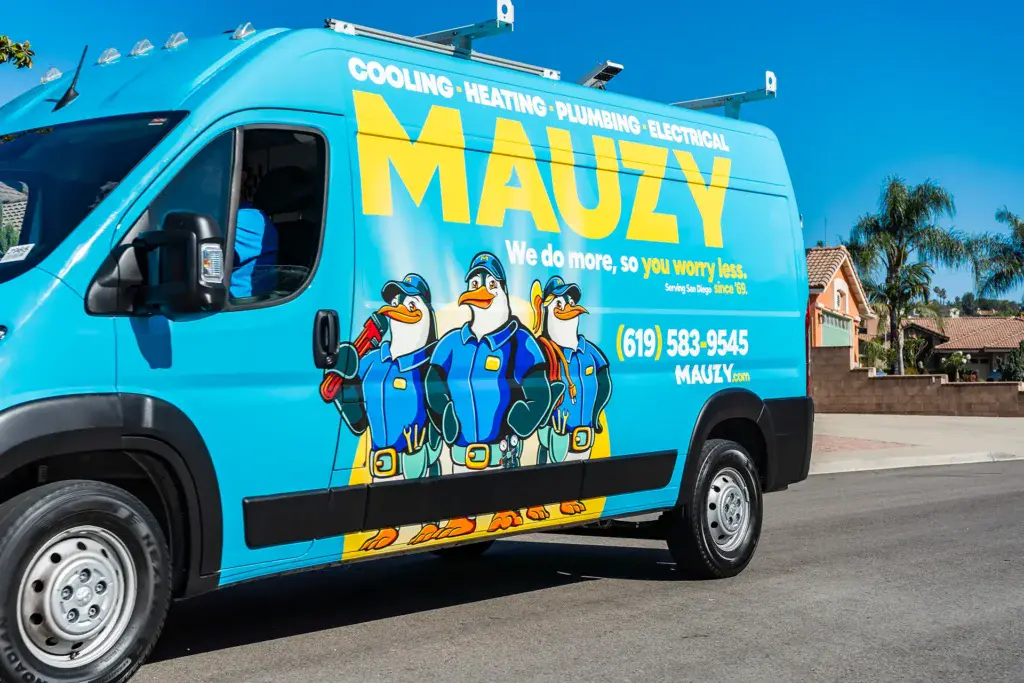As winter approaches, the importance of a reliable heating system becomes paramount for homeowners across the San Diego. If you’re considering upgrading your home’s heating system or replacing an old furnace, understanding the different types of furnaces available is crucial. This guide will help you navigate the various options and choose the best furnace for your home’s needs.
Understanding the Basics of Furnaces
Before diving into the specific types of furnaces, let’s briefly review what a furnace does and how it works.
A furnace is the heart of your home’s heating system. It generates warm air and distributes it throughout your house via ductwork. The basic process involves:
- Heating air using a fuel source (e.g., gas, oil, electricity)
- Blowing the heated air through ducts
- Distributing the warm air to various rooms through vents
Now, let’s explore the different types of furnaces based on their operation and fuel source.
Types of Furnaces by Operation
The way a furnace operates can significantly impact its efficiency and your comfort. Here are the main types:
1. Single-Stage Furnaces
Single-stage furnaces are the most basic type of furnace available. They operate in a simple on/off manner, always running at full capacity when on.
Pros:
- Most affordable upfront cost
- Simple design, easy to install and maintain
Cons:
- Less energy-efficient
- May lead to temperature fluctuations
Best for: Smaller homes or those in milder climates where heating needs are less demanding.
2. Two-Stage Furnaces
Two-stage furnaces offer more flexibility in operation, with two heat output levels: high and low.
Pros:
- More energy-efficient than single-stage furnaces
- Provides more consistent temperatures
- Quieter operation
Cons:
- Higher upfront cost than single-stage furnaces
- More complex, potentially leading to higher repair costs
Best for: Medium to large homes in areas with moderate to cold winters.
3. Variable-Speed or Modulating Furnaces
These are the most advanced furnaces, capable of operating at multiple speeds and adjusting heat output incrementally.
Pros:
- Highest energy efficiency
- Most consistent temperatures
- Best indoor air quality
- Quietest operation
Cons:
- Highest upfront cost
- Most complex, potentially leading to higher repair costs
Best for: Large homes, homes in very cold climates, or homeowners prioritizing energy efficiency and comfort.
Types of Furnaces by Fuel Source
The fuel your furnace uses can impact its efficiency, cost, and environmental impact. Here are the main types:
1. Gas Furnaces
Natural gas furnaces are the most common type in the United States.
Pros:
- Relatively low operating costs
- High efficiency (up to 98% AFUE in high-efficiency models)
- Quick heating
Cons:
- Requires natural gas line
- Potential for gas leaks
Best for: Homes with access to natural gas lines and moderate to cold climates.
2. Oil Furnaces
Oil furnaces are common in areas without access to natural gas lines.
Pros:
- Can provide more heat per BTU than gas
- Long lifespan
- No need for gas line
Cons:
- Higher fuel costs than gas
- Requires oil storage tank
- Less efficient than gas furnaces
Best for: Homes without access to natural gas, particularly in the Northeast U.S.
3. Electric Furnaces
Electric furnaces use electricity to heat your home.
Pros:
- No fuel storage needed
- Clean operation
- Low upfront cost
- Long lifespan
Cons:
- Higher operating costs in most areas
- Less efficient in very cold climates
Best for: Homes in mild climates or areas with low electricity costs.
4. Propane Furnaces
Propane furnaces are similar to natural gas furnaces but use propane as fuel.
Pros:
- Can be used where natural gas isn’t available
- Efficient and clean-burning
Cons:
- Fuel costs can be higher than natural gas
- Requires propane tank and regular refills
Best for: Rural homes without access to natural gas lines.
Choosing the Right Furnace for Your Home
Selecting the right furnace involves considering several factors:
- Climate: Colder climates generally require more powerful, efficient furnaces.
- Home size: Larger homes need more powerful furnaces.
- Fuel availability: Your choice may be limited by available fuel sources in your area.
- Energy efficiency: Higher efficiency furnaces cost more upfront but save money over time.
- Budget: Consider both upfront costs and long-term operating costs.
- Environmental impact: Some fuel sources are cleaner than others.
Furnace Efficiency Ratings
Furnace efficiency is measured by Annual Fuel Utilization Efficiency (AFUE). Here’s a quick guide:
| AFUE Rating | Efficiency Level | Description |
| 80-83% | Standard | Minimum allowed for new furnaces |
| 90-95% | High-Efficiency | Common in modern gas furnaces |
| 96-98.5% | Ultra High-Efficiency | Top-of-the-line gas furnaces |
Remember, higher efficiency means lower operating costs but usually comes with a higher upfront price.
Maintaining Your Furnace
Regardless of the type of furnace you choose, proper maintenance is crucial for efficiency and longevity. Here are some tips:
- Change or clean filters regularly (every 1-3 months)
- Schedule annual professional inspections
- Keep the area around your furnace clean and unobstructed
- Listen for unusual noises and address them promptly
- Consider upgrading to a programmable or smart thermostat for better control
Frequently Asked Questions
Ready to Upgrade Your Furnace?
Understanding the different types of furnaces is the first step in choosing the right heating system for your home. For expert guidance tailored to your specific needs, contact Mauzy San Diego today. Our experienced technicians can help you select, install, and maintain the perfect furnace for your home.
Don’t let another winter catch you unprepared. Call us or book online now to schedule a consultation and learn more about our high-efficiency home heating systems. Let us help you stay warm and comfortable while potentially reducing your energy bills!
